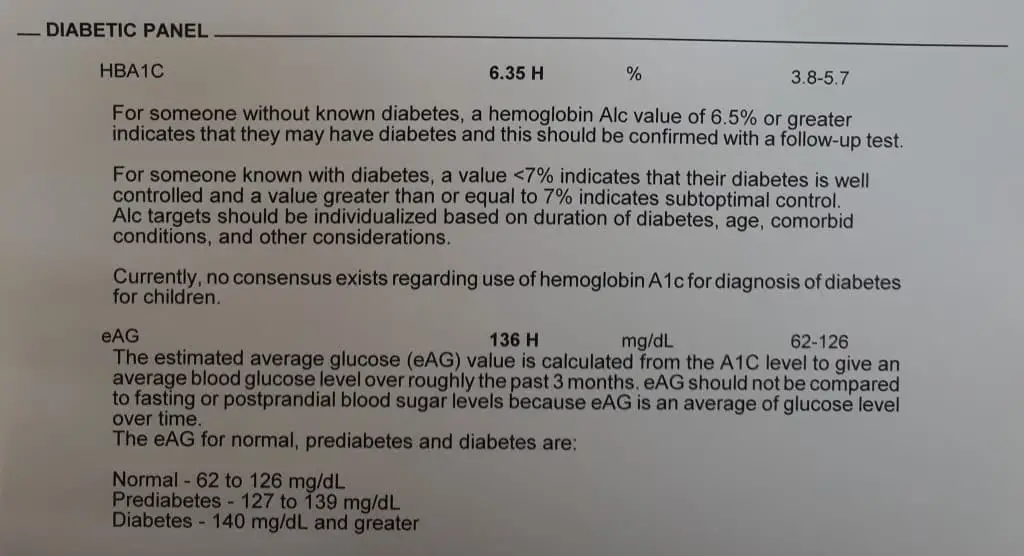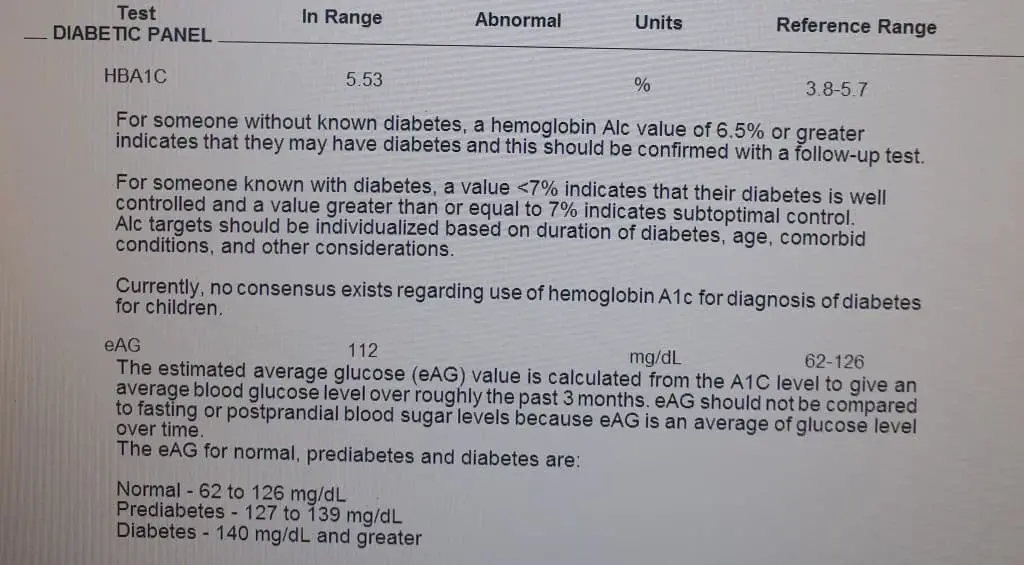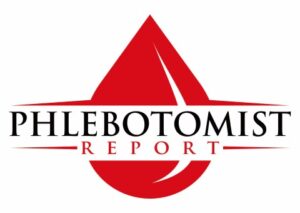When it comes to managing diabetes or assessing your long-term blood sugar levels, the HbA1c blood test is an essential tool. Unlike a standard glucose test that measures blood sugar at a specific moment, the HbA1c test provides a big-picture view of how well your blood sugar has been controlled over the past 2–3 months.
If you’ve ever wondered what this test measures and what the results might mean, here’s a simple guide to help you understand your HbA1c blood test result.
What is the HbA1c Test?
The HbA1c test, also called the glycated hemoglobin test, measures the amount of glucose (sugar) attached to hemoglobin in your red blood cells. Hemoglobin is the protein in your blood that carries oxygen, and since red blood cells live for about three months, the test gives a snapshot of your average blood sugar levels during that time.
This test is commonly used to:
- Diagnose diabetes or prediabetes.
- Monitor diabetes management.
- Assess your risk of complications from high blood sugar levels.
How HbA1c Results Are Measured
HbA1c results are reported as a percentage, representing the proportion of hemoglobin molecules that have glucose attached. The higher the percentage, the higher your average blood sugar levels have been over the past few months.
Here’s a general breakdown of HbA1c levels:
| HbA1c Level | What It Means |
| Below 5.7% | Normal (no diabetes) |
| 5.7% to 6.4% | Prediabetes (higher risk of developing diabetes) |
| 6.5% or higher | Diabetes |
For people with diabetes, target HbA1c levels may vary based on age, health, and other factors, but generally, an HbA1c of 7% or lower is recommended to reduce the risk of complications.
What Do Your HbA1c Results Mean?
1. Normal HbA1c Levels
If your HbA1c is below 5.7%, it means your blood sugar levels are within the normal range. This is a good sign that your body is efficiently regulating glucose, either because you don’t have diabetes or because your management strategies are working well.
2. Prediabetes (5.7% to 6.4%)
An HbA1c in this range means your blood sugar levels are higher than normal but not high enough for a diabetes diagnosis. It’s a red flag that you’re at risk of developing type 2 diabetes, but the good news is that lifestyle changes—like improving your diet and increasing physical activity—can help reverse this trend.
3. Diabetes (6.5% or Higher)
An HbA1c of 6.5% or higher typically indicates diabetes. For individuals with this result, healthcare providers usually recommend a treatment plan involving medication, lifestyle adjustments, or both to help lower blood sugar levels and reduce the risk of complications.
How Does HbA1c Relate to Blood Sugar Levels?
To make HbA1c results easier to understand, they’re often converted into an estimated average glucose (eAG) level, which is reported in milligrams per deciliter (mg/dL). This number aligns more closely with the blood sugar readings you might see on a glucose meter.
For example:
- An HbA1c of 6% corresponds to an eAG of about 126 mg/dL.
- An HbA1c of 7% corresponds to an eAG of about 154 mg/dL.
- An HbA1c of 8% corresponds to an eAG of about 183 mg/dL.
This conversion helps patients connect their daily glucose readings with their longer-term average.
What to Discuss With Your Doctor
If your HbA1c results are outside the target range, have an open conversation with your healthcare provider. Do not interpret your results and make decisions on your own. Here are some questions you might ask:
- What is my target HbA1c level, and how can I achieve it?
- Do I need to adjust my medications or insulin dosage?
- What lifestyle changes would have the biggest impact on my blood sugar?
- Are there any complications I should be aware of based on my results?
Your doctor can provide tailored recommendations to help you improve your health and stay on top of your diabetes management.
HbA1c Blood Test Result Pictures
Below are some pictures showing HbA1c blood test results for male and female individuals.


